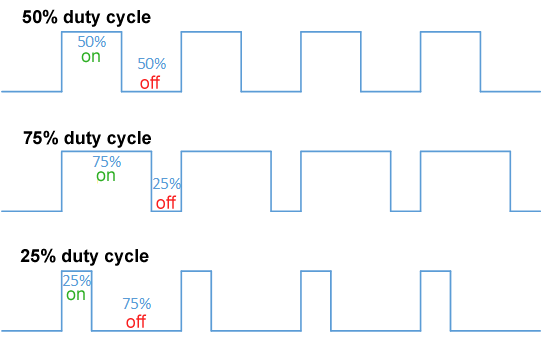Output limit reason reporting
There are many configurable values and internal firmware limits in the moteus brushless motor controller that result in the output current being less that would exist in an ideal system or less than what was commanded. To date, the only way to know if any of these factors was resulting in limiting behavior was to know all of the possible limiting factors, and look at factor specific diagnostic values one by one to see which was the culprit. Now, as of firmware release 2025-07-21, moteus will report exactly which feature is limiting the output at any given point in time, making that diagnostic process much simpler.
Read on for more details.

